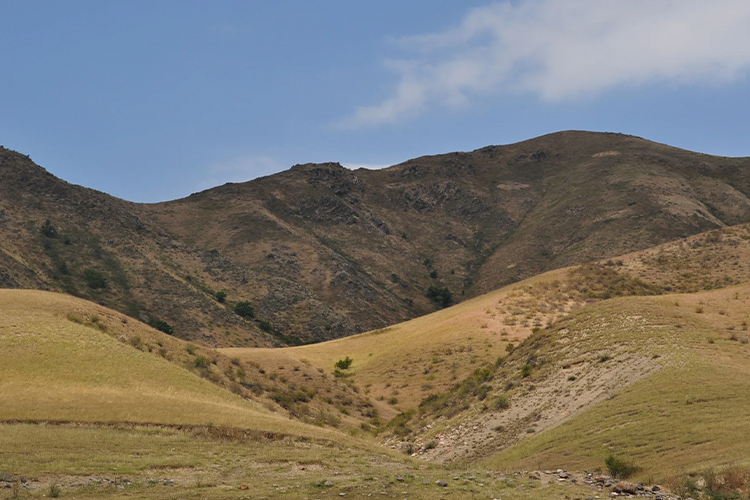ASIA
Kazakhstan
Area: 2,724,900 km²
Geography: Kazakhstan is the largest country in Central Asia and the ninth largest in the world. About 37% of the land is agricultural, with around 9% forests, and 40% described as ‘reserve lands’, mainly in plain areas. The territories of the plains are subject to extreme water shortages and unfavourable climatic conditions. (ELD 2016)
Land Degradation: Over 48 million hectares of land and up to 36% of forests are degraded. As a result, soil fertility has decreased by 30-60%, mostly because of wind and water erosion, as well as severe dust storms that have covered up to 9 million hectares some years. (ELD 2016)
Sustainable Land Management: Kazakhstan aims to achieve a neutral balance of land degradation by 2030. Among the complex tasks related to the country's development, the Republic of Kazakhstan is supposed to increase the efficiency of land use. Within 5 years, irrigated land areas will be increased by 40%, thus their area will be brought up to 2 million hectares. (UNCCD, 2017)

ELD ACTIVITIES
-
Policy Brief (2016)
Title: Kazakhstan Case Study - Policy Brief. More sustainable land management in desert forests can lead to economic and environmental benefits.
Authors: Baizakov S., Toktassynov Z.
Content: This study focuses on the Bakanas State forest in the Balkhash District of the Almaty province. In Kazakhstan 48 million hectares of pasture have become degraded, resulting in as much as 30-60% decrease in soil fertility, and about 36% of forests have become degraded, especially on conifer and saxual plantations. Including the value of ecosystem services, saxaul forests are currently worth USD 1.6 billion, and these are only half of the country's forests. Benefits from investments in sustainable land management practices could increase from USD 231.1 million in the first year up to USD 378 million after 10 years. Of this, a significant share comes from carbon sequestration.
Policy Brief: EN, RU

CONTACT
ELD Secretariat
E-Mail: info@eld-initiative.org
